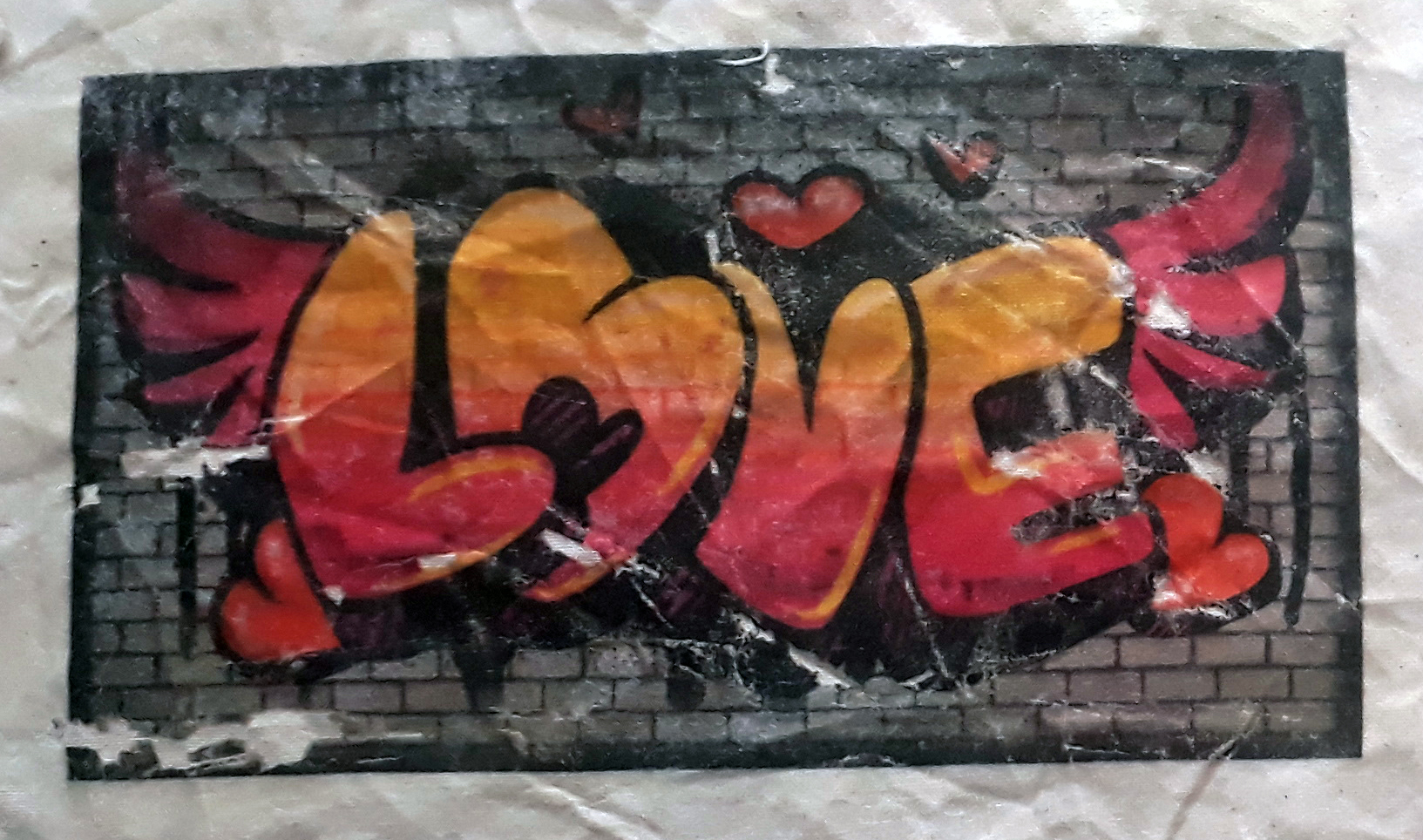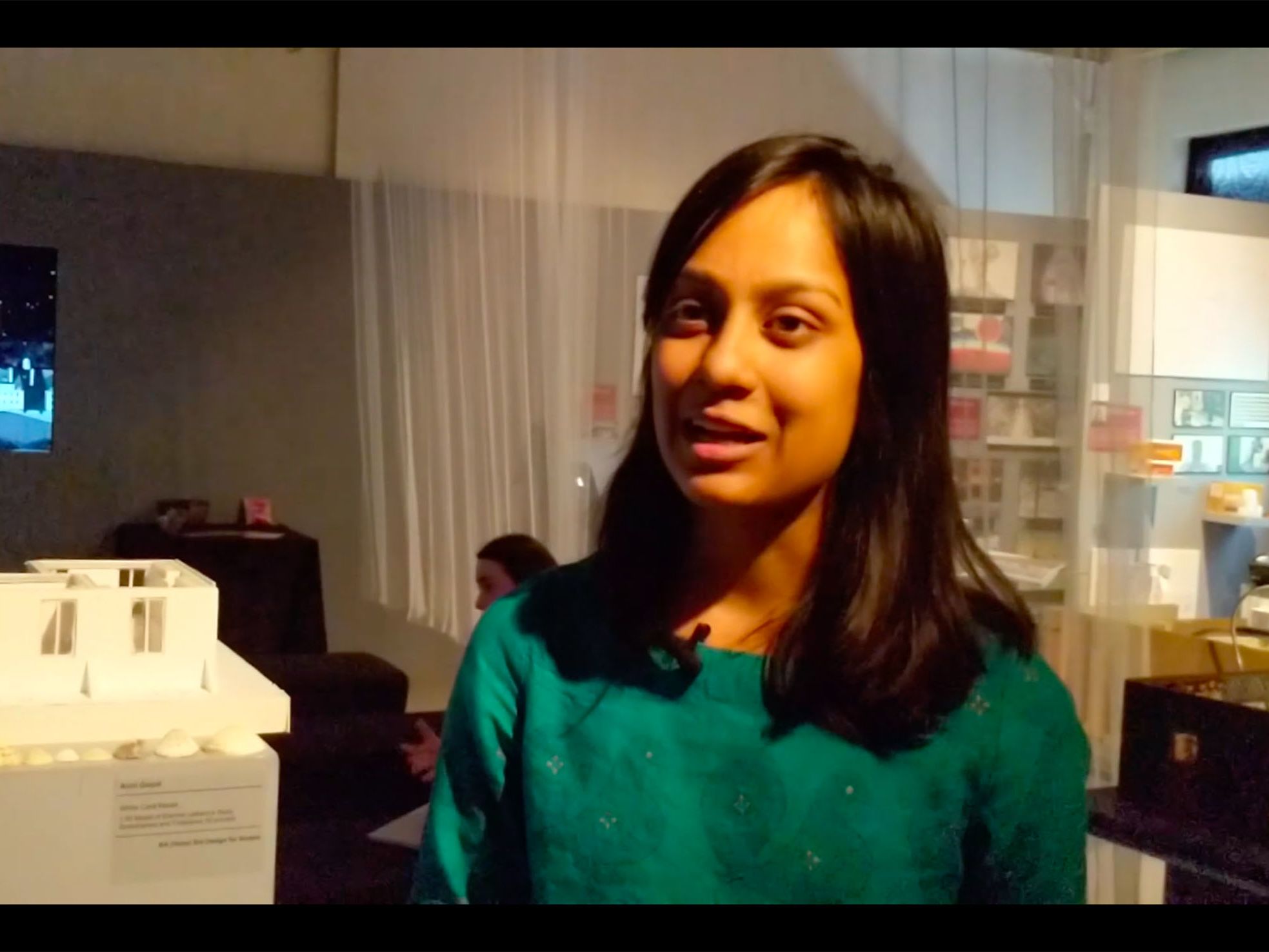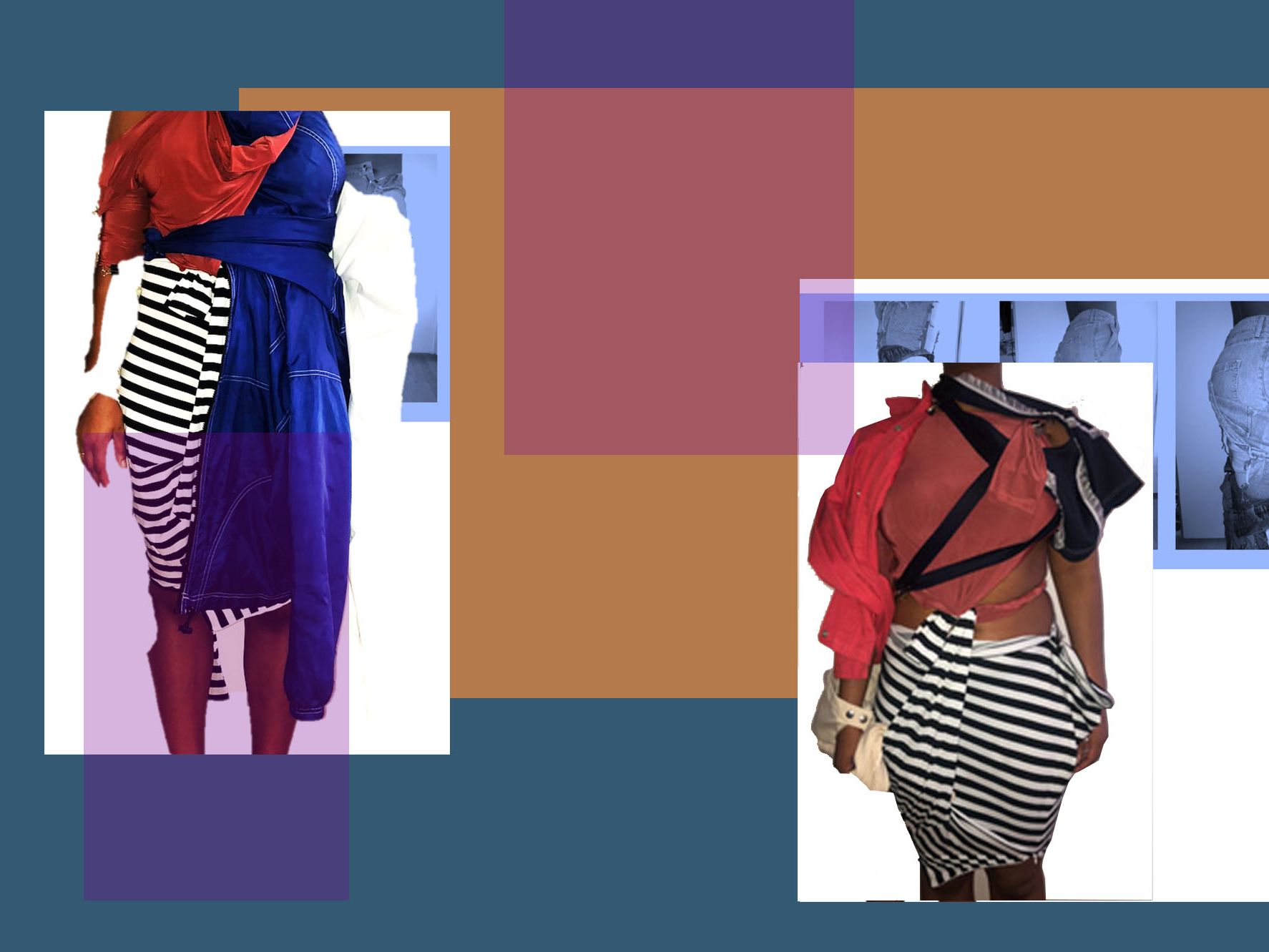I’m currently studying my first year of a Level 3 BTEC Diploma in Fashion at Waltham Forest College. For one of the units that I had to complete this year, I was introduced to a three-week brief connected to a Royal Opera House ballet and the possibility to compete in a national competition.
The brief and researching my ideas
For the brief, I had to design costumes to reflect a modern version of choreographer Kenneth Macmillan’s ballet: Romeo and Juliet. Geared at young teenagers today, I had to follow the vision set out by the Director of the ballet. It began as a class competition to explore in sketchbooks current issues that may restrict young love in a way that the young audience would be able to relate to.
To kick off ideas, I researched traditional aspects of ballet and the story of Romeo and Juliet. This initiated the thought process of how the ballet could be interpreted in a modern way. How could my designs reflect the current issues that affect young people today, such as cultural differences, social status, religious differences, and postcode rivalries (gangs)? As I was exploring these issues, I was drawn more and more towards gang culture. Having grown up surrounded by gang violence and the rivalry it has created, I have an understanding of the weight of this issue in London.

During an outing to gather pictures of the graffiti around north-east London, I came to realise that it is a significant aspect of gang mentality/ postcode rivalry. It expresses the territorial nature of gangs, and that they feel a sense of authority and power over the area that they live in. Furthermore, I delved into how gang culture is presented in the news with heavy negative connotations and conflicting solutions that avoid targeting the real continuous issues.
Settling on a character to design for

I concentrated my ideas on the gear that gang members tend to wear; I found that hoodies are an obvious garment that is typically worn due to its ability to hide identities when crimes are committed. I began a character analysis on the characters from Romeo and Juliet that I wanted to design costumes for. From this I developed multiple designs, and focused in on Tybalt as my main character. I felt that his angry, yet passionate and loyal characteristics perfectly mirrored the issue of gang culture.
Transforming my designs – the national competition
When the three weeks were over, the winner of the class competition was announced and I found out I had won and was to join the national competition with over 42 participating schools/ colleges. I was going to bring my design for Tybalt to life and assert my feelings about gang culture. I had about 3 weeks to construct the outfit and worked on it for 2-3 days per week. I had great support from a lot of people, including an artist in resident at the college, Welber Leão who has worked in costume, and a media teacher David who is also a professional graffiti artist and helped create the graffiti font on Adobe Illustrator/Photoshop.

First the pattern blocks and toile were made to fit a half scale mannequin, then alterations were made for the final piece. I also experimented with different textile techniques to transfer the graffiti font, for example: ‘ironing’, ‘transfer glue’ and ‘heat press’. By the end of February, the outfit was finally completed. I used the colour red to represent the blood and sense of authority and white to express the idea of pure intentions, such as: protection and brotherhood. The graffiti that says ‘Tottenham’ came about as there is postcode rivalry between Edmonton and Tottenham, which is like the Montagues and Capulets. I feel that oversized hood and asymmetry brings together the idea of knife crime and gang culture.

That sense of achievement

In March I found out I was ‘Highly Commended’ for the competition, which meant my work was going to be exhibited in the Linbury Theatre at the Royal Opera House. I felt a great sense of euphoria as I was finally able to get my message across to the public. This opportunity enabled me to understand how costume can be used as a means of communication, even when expressing important issues like gang culture. I was able to learn how to bring a modern and unique twist to an age-old tale whilst honouring the art form of ballet, and staying true to the story of Romeo and Juliet. In the future, I hope to continue revealing epiphanies through fashion.



